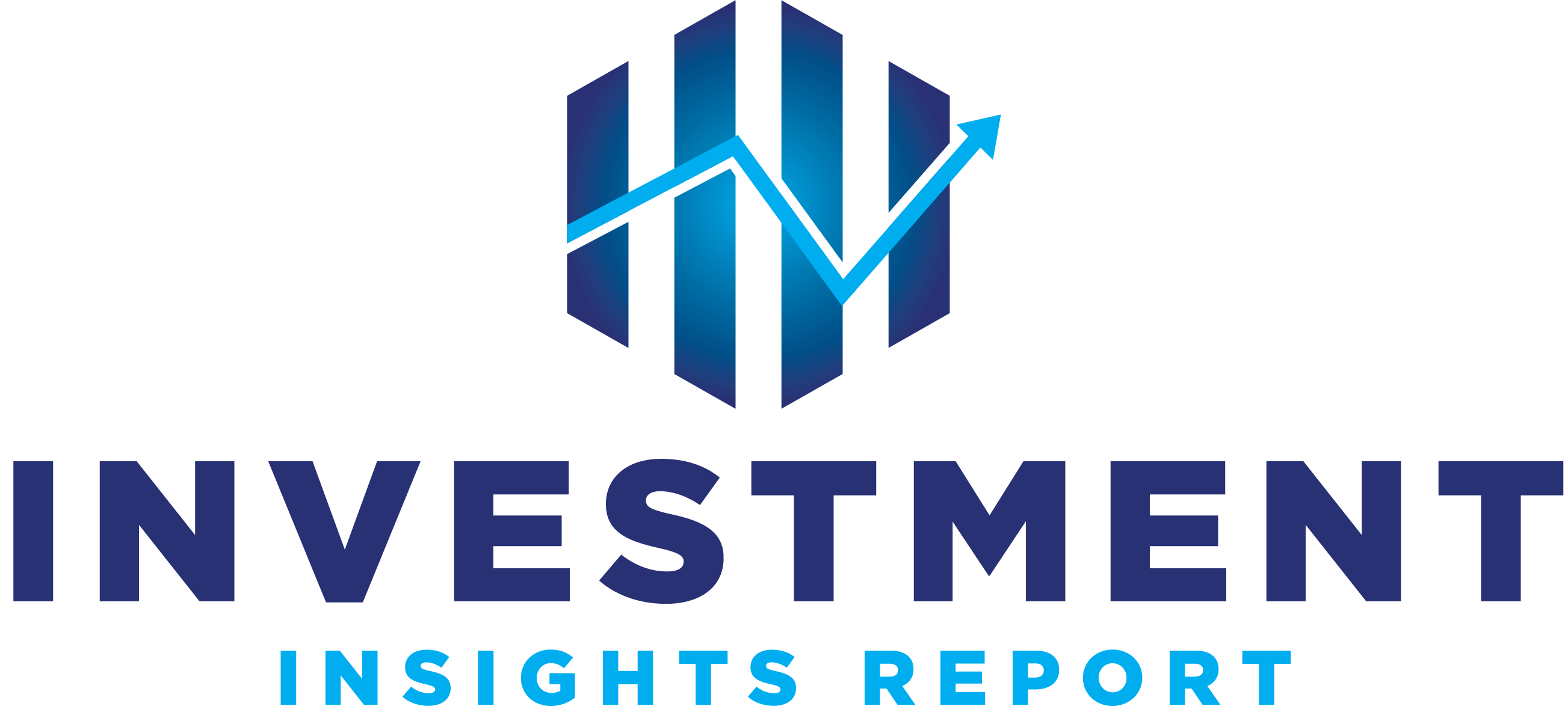By Siddharth Cavale and Ananya Mariam Rajesh
(Reuters) -Target on Wednesday said it expects consumer caution to persist after it reported quarterly earnings that missed Wall Street estimates and issued a forecast for the current quarter that was also largely below expectations.
Shares fell 10% in early trading after it posted adjusted earnings of $2.03 per share, 3 cents below analysts’ expectations, according to LSEG data. If these losses hold, the stock will be on track to lose almost half of its value since touching an all-time high in Nov. 2021.
Its disappointing earnings and outlook stood in contrast to larger peer Walmart, which last week reported better-than-expected results and raised its annual outlook as shoppers prioritized food and essentials like toilet paper and detergent.
Companies ranging from McDonald’s and PepsiCo to convenience store operator Arko Corp have flagged the strain that Americans are under due to sticky food inflation and the rising costs of eating out, rents and mortgages.
Arko, which operates thousands of convenience store locations and fuel stops in small towns under banners like 1-Stop and E-Z Mart across middle America, reported that shoppers, feeling the squeeze, are making fewer trips to stores but purchasing more items per visit.
“You not only have inflation pressure now but also higher interest rates and fuel prices at $3.59 on average nationally,” Arko CEO Arie Kotler told Reuters on Tuesday.
“People are going to drive less and spend less as they have less money in their pockets,” Kotler said, describing his customers as representing “the real America.”
Target, which has a more urban bent, mirrored some of Kotler’s comments, telling reporters that shoppers were delaying their purchases waiting for deals and spending less at the till. “They are very focused on value and newness,” Target CEO Brian Cornell said on a post-earnings call. Traffic and average checks declined in the first quarter.
Christina Hennington, Target’s chief growth officer, said Target expects consumer discretionary trends to remain pressured in the short term but improve later this year.
Nearly all retailers have painted a picture that the second half will improve, Telsey Advisory Group analyst Joseph Feldman said. “But it’s been a little, you know, slower than we initially anticipated.”
DROPPING PRICES
Target said it was “laser-focused” on getting back to sales growth in the current quarter, banking much of its hopes on sales events planned for Memorial Day and the July 4th weekend as well as price cuts on thousands of items this year.
The retailer cut prices on 1,500 products with plans to lower prices on 5,000 grocery items this summer ranging from essentials like milk, fruit, diapers and pet food to name-brand products like Clorox and Prime, the energy drink from YouTuber Logan Paul.
This comes after sales in what it calls its frequency categories – Beauty, Food & Beverages and Household essentials – fell by low single digit in the first quarter.
Target expects comparable sales in the second quarter will recover from four straight quarterly declines, being flat to up 2%. It expects adjusted earnings of $1.95 to $2.35 per share. Analysts on average had anticipated a comparable sales increase of 1.39% and profit of $2.19 per share.
In the first quarter ended May 4, comparable sales declined 3.7%, in line with expectations.
The company maintained its full-year target, with comparable sales seen flat to up 2%, and earnings of $8.60 to $9.60 per share.
“This performance is significantly worse than the overall market, which underlines that Target is losing share,” said Neil Saunders, Managing Director of GlobalData. “All in all, the picture painted by today’s figures is of a business that has run out of steam.”
(Reporting by Siddharth Cavale in New York, Savyata Mishra and Ananya Mariam Rajesh in Bengaluru, Editing by Nick Zieminski)

